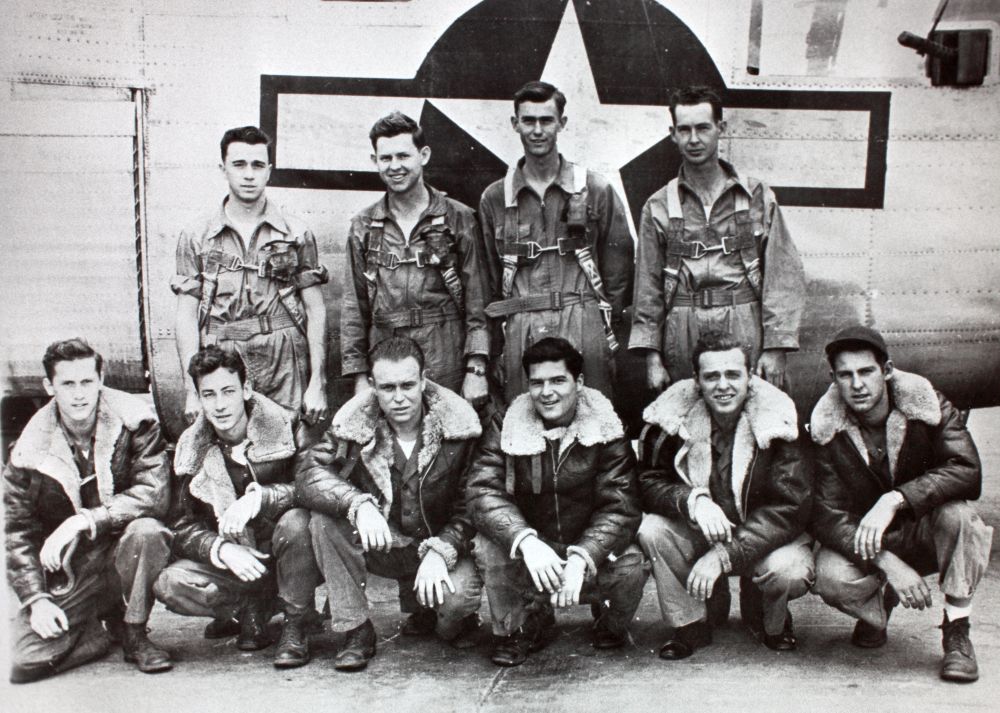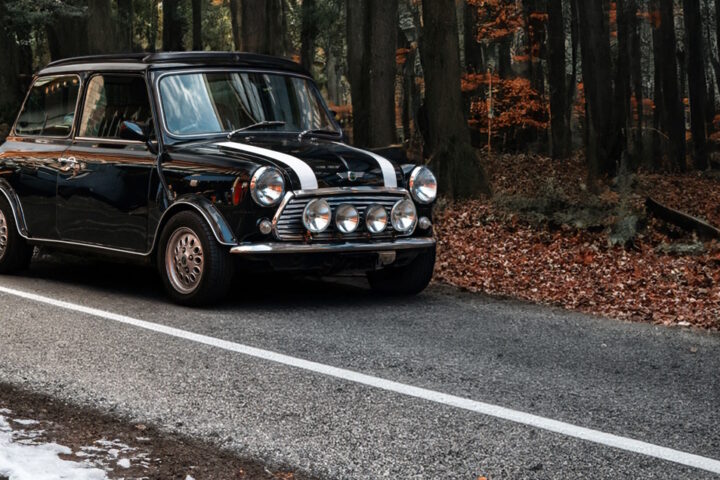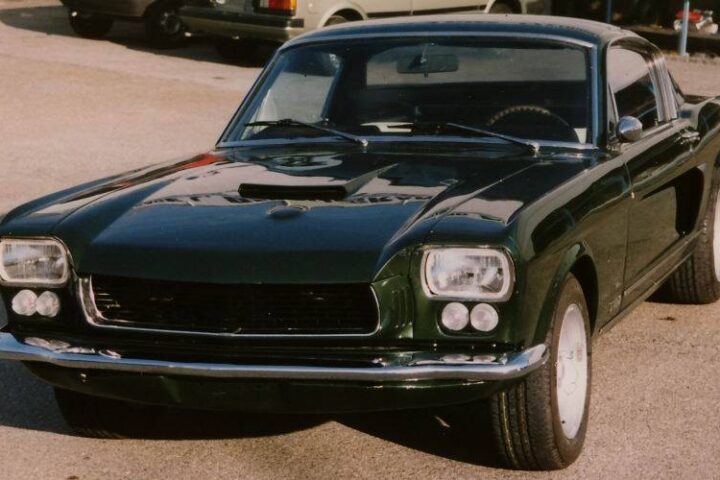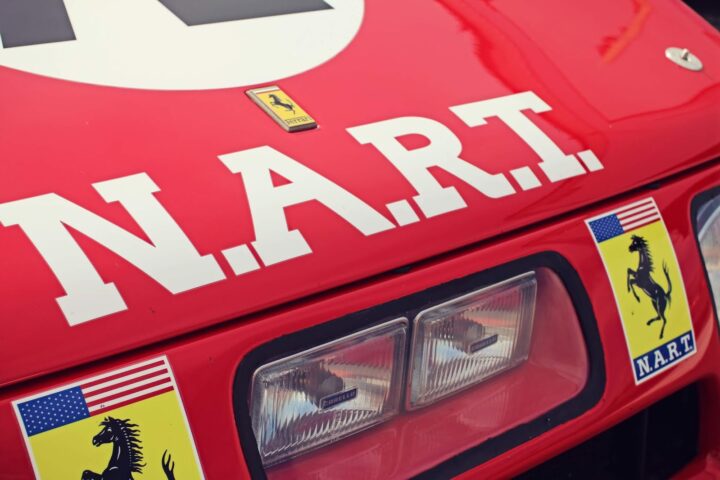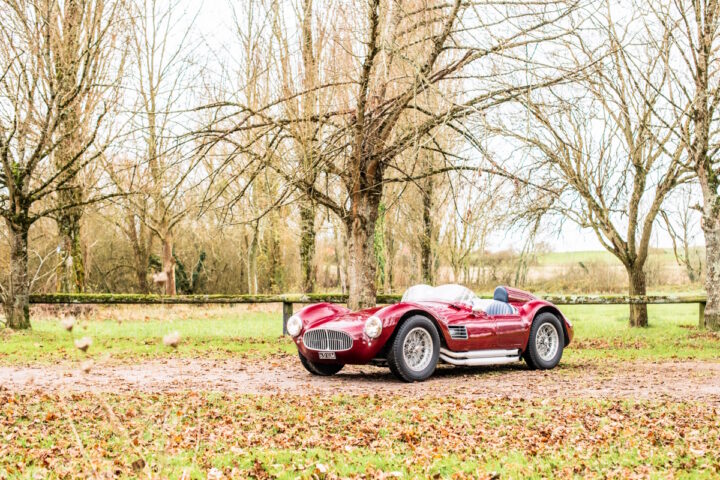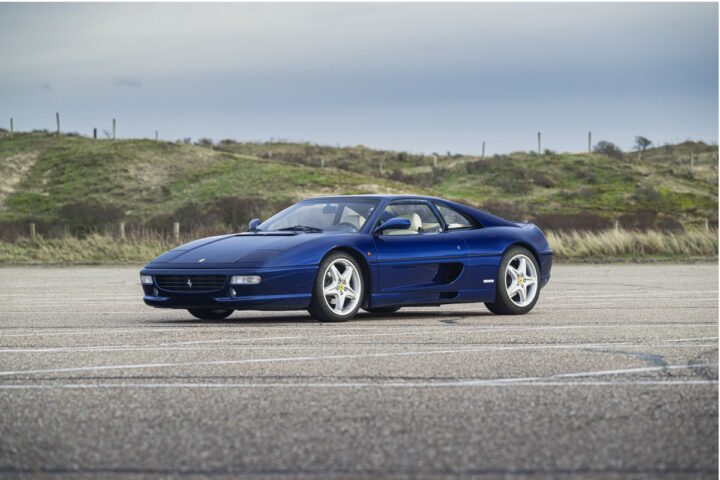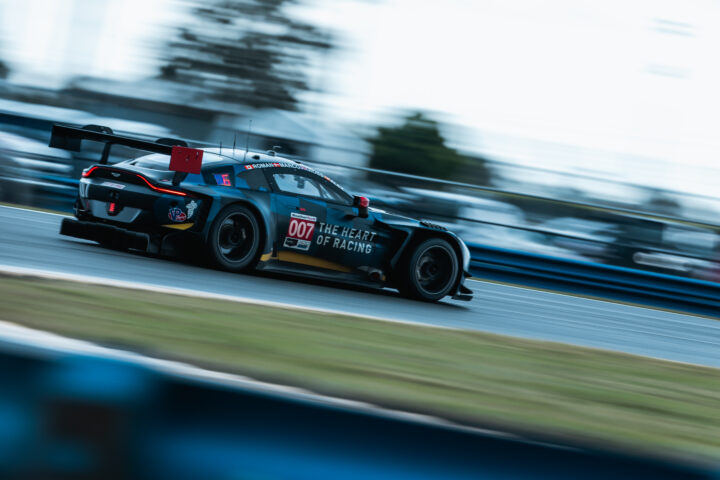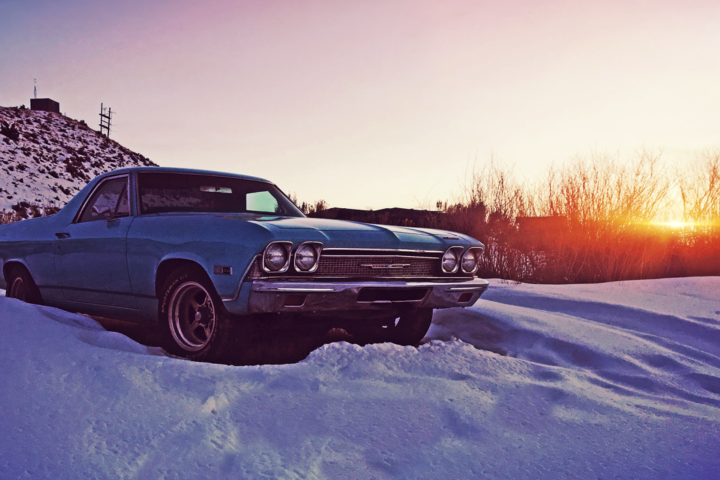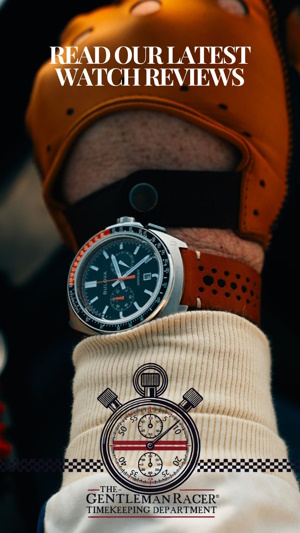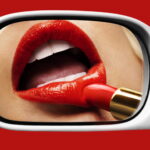The 90th Bombardment Group was first organized at Key Field, Mississippi in April 1942 as a Consolidated B-24 Liberator unit. The group’s original squadrons were the 10th Reconnaissance Squadron and the 319th, 320th and 321st Bombardment Squadrons, although within a week of activation the 10th was renamed the 400th Bombardment Squadron. The group trained with Liberators in the southeastern United States under III Bomber Command until August 1942.
The group moved to Willow Run Airport, Michigan for conversion training on newly manufactured Ford Liberators. Assigned to VII Bomber Command with B-24Ds, The unit moved to Hickam Field, Hawaii in September. The group arrived in northern Queensland, Australia in November 1942 and began bombardment missions under V Bomber Command almost immediately.
The group attacked enemy airfields, troop concentrations, ground installations and shipping in New Guinea, the Bismarck Archipelago, Palau and the southern Philippines. The group was awarded a Distinguished Unit Citation for operations in Papua through January 1943,[note 2] The unit participated in the Battle of Bismarck Sea in March 1943, and earned another citation for strikes on enemy airfields at Wewak, New Guinea in September 1943 despite heavy flak and fighter opposition.
During 1944, the 90th supported the New Guinea Campaign through the end of June, then made long-range raids on oil refineries at Balikpapan, Borneo, in September and October. In January 1945, the group moved to the Philippines and supported ground forces on Luzon, attacked industrial targets on Formosa, and bombed railways, airfields, and harbor facilities on the Asiatic mainland. Shortly before the end of the war in the Pacific, the 90th moved to Okinawa, from which it would be able to strike the Japanese home islands.
After VJ Day, the group flew reconnaissance missions over Japan and ferried Allied prisoners of war from Okinawa to Manila. Ceased operations by November 1945. The group was inactivated in the Philippines in early 1946.

